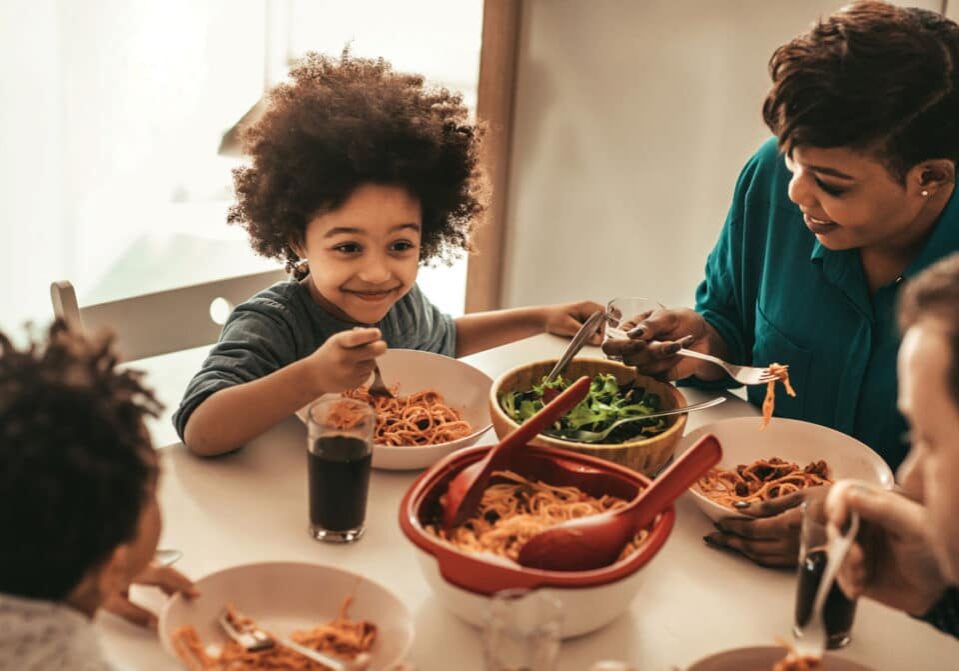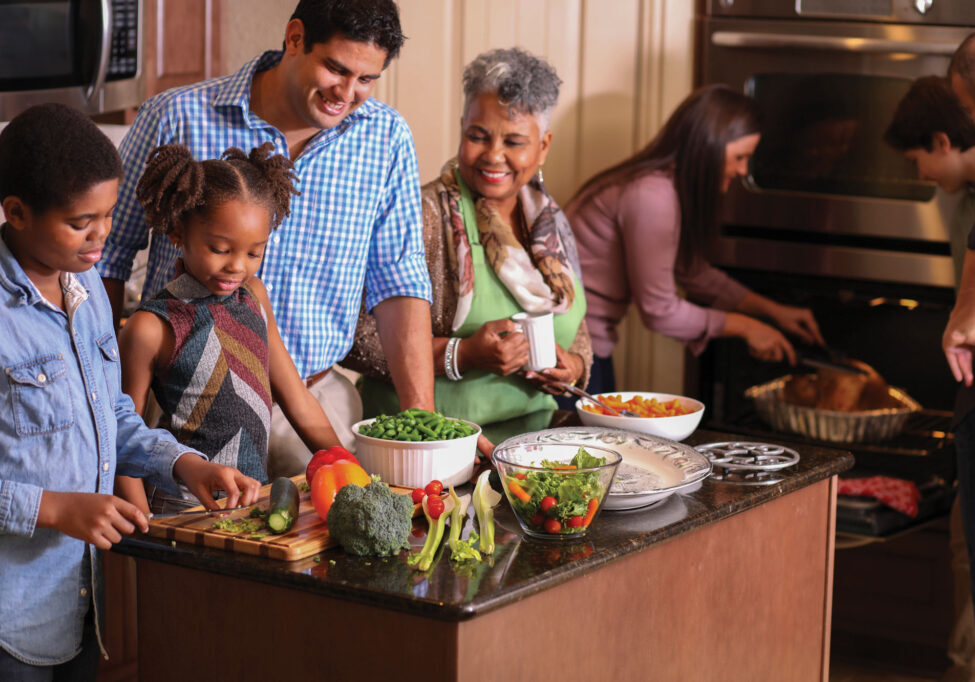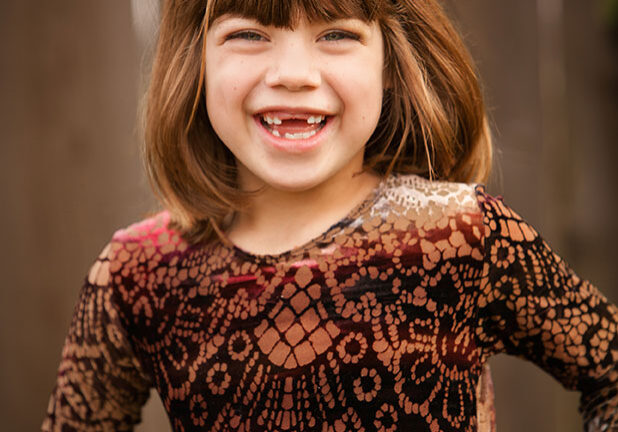When I met my husband, a bona fide sustainable food systems geek, I’d never heard of a farm share. I had a dim awareness that cantaloupe isn’t in season during the winter, if only because it’s not available from October through April. It never occurred to me to be grateful for an avocado that traveled all the way from Mexico in December. I found it annoying that beets were so hard to clean, never considering the fact that they’d grown in the soil before being picked. As if by magic— a brand of magic I lacked the awareness to appreciate— nearly any food I wanted was available to me virtually whenever I wanted it. I had no idea how amazing this was until I developed a different relationship with food through our Community Supported Agriculture farm share and helped my family try new vegetables.
Community Supported Agriculture
Broadly defined, community supported agriculture includes shopping for locally grown produce at farmer’s markets, U-Pick stands, small local markets and directly with local farmers, through subscribing to farm shares.
Farm shares, which have become known as CSAs, allow farmers to sell directly to the consumer. When you purchase a farm share, you pay for a share of produce up front, usually in the winter, despite the fact that in most climates, you won’t receive any produce until late spring or early summer.
This is a way to support the farmer through the year as the farmer wouldn’t normally have any revenue coming in until harvest time. It also guarantees you that you will have a share of the bounty at harvest time. By buying a share, you are taking on some risk, just as you would if you were buying stock in a publicly held company. A late frost or an unexpected storm could mean a smaller share. By the same token, your share of the harvest will be generous if the farm has a good growing season.
Most farm share arrangements allow you to pick up your fruits and veggies directly at the farm or arrange for a regular delivery of in season produce.
Being directly connected with the farm that produces your food gives you a chance to see the place where your food is grown. Like most parents of small children, I approach grocery shopping with dread when I have to bring my kids along, or with resentment, on those occasions when I am trading precious free time for the chance to hit the supermarket solo.
Taking my kids to the farm, however, is another story. Now that they are old enough (at ages three and five) to actually help, I look forward to our weekly visit to the farm. The kids help me weigh apricots and choose bunches of kale. If there’s time, they like to look at the pigs and feed carrot tops to the ducks.
Many farms also host a party to kick off the season and/or at the season’s end. No matter where you pick up your food, in most cases, you’ll meet the people who pick, wash, and bundle it, if not the farmer herself.
When you sign up for a farm share, you’re not just admiring and Instagramming your oddly shaped goodies; you’re eating them. While there are endless debates on what constitutes the best or healthiest diet, it’s hard to find anyone who would recommend decreasing your consumption of fresh veggies.
While it can be annoying to come up with a way to prepare a vegetable you’ve never heard of before, it’s easy to find ways to prepare your bounty. Many farm shares offer recipes in their newsletters or on their websites. Experimenting with new recipes or combinations of ingredients you might not normally combine forces a degree of creativity. Thanks to my farm share, I now know a dozen ways to eat fava beans, and how to shell them.
Farm shares aren’t for everyone. If you go out to eat often, travel frequently, or do not enjoy cooking, your wilting, uneaten produce will probably provide more sadness than joy. Depending how much you get, it can make sense to wash, slice, and store your produce right away to preserve freshness if you won’t use all of it in the first half of the week. If this feels too overwhelming, a farm share might not be a fit for you. If you like to map out a strict menu on a weekly or monthly basis, not knowing exactly which or how much food you’re getting will not mesh with your system.
Choosing the best farm share for your family
While the staples of most farm shares are fruit and vegetables, many offer a variety of other products, such as coffee, eggs, cheese, bread, meat and poultry, and even extras such as wine, flowers, honey and soap.
Most farms offer small, medium, or large shares, but some only offer one or two size options. Most require weekly pickup, but some may offer a bi-weekly option. The pickup location is also important, as most farms offer pickups throughout the region where they’re located.
Great reasons to enjoy community supported agriculture
You’re supporting your local community. Many of our local agricultural producers are being pushed out by larger scale, commercial farmers. Buying local helps the community in many ways, including strengthening community ties
“It has been rewarding to watch the children of our CSA members grow up on the farm along with our two boys,” says Francine Stuelpnagel, of the GRUB CSA Farm in Chico. “Each week the families visit the farm to pick up their boxes (every other week in the winter) and we have developed a community this way. The kids see the farm transition through the seasons…watching the corn go from knee-high to over their heads and then, before long, the ears are in their box! We hope they will long cherish their farm memories.”
It encourages more fruit and vegetable consumption. We love fruits and veggies around here, but if they’re not in the house we’re less likely to eat them. No more excuses now!
You get to experiment with different types of produce. Without our CSA I would never have discovered how much I love watermelon radishes or green garlic! And the options at farmers markets change all the time.
You’re eating in season. CSAs and farmers markets are only able to sell what they’re able to grow so what you get will be the freshest of what’s in season.
It saves you money. Buying directly from farmers cuts out the middleman and transportation costs, helping you save money.
For me, community supported agriculture means being invested in my local food system, eating delicious food, trying new recipes, and storing extra kale and rainbow chard in the freezer for the green smoothies my kids refuse to eat. It’s treating my summer menu planning like I treat the rest of my summer — with less structure and more fun. It’s the smiles on my kids’ faces when they help me fill a bag with two pounds worth of black cherries on a Wednesday afternoon at the farm. It’s searching for new turnip recipes and eating fresh salad greens for breakfast. It’s running into our farmer and her family at the pool on a Saturday morning. And it’s thanking the people who feed my family, face to face.
Posted in: Health & Nutrition
Comment Policy: All viewpoints are welcome, but comments should remain relevant. Personal attacks, profanity, and aggressive behavior are not allowed. No spam, advertising, or promoting of products/services. Please, only use your real name and limit the amount of links submitted in your comment.









